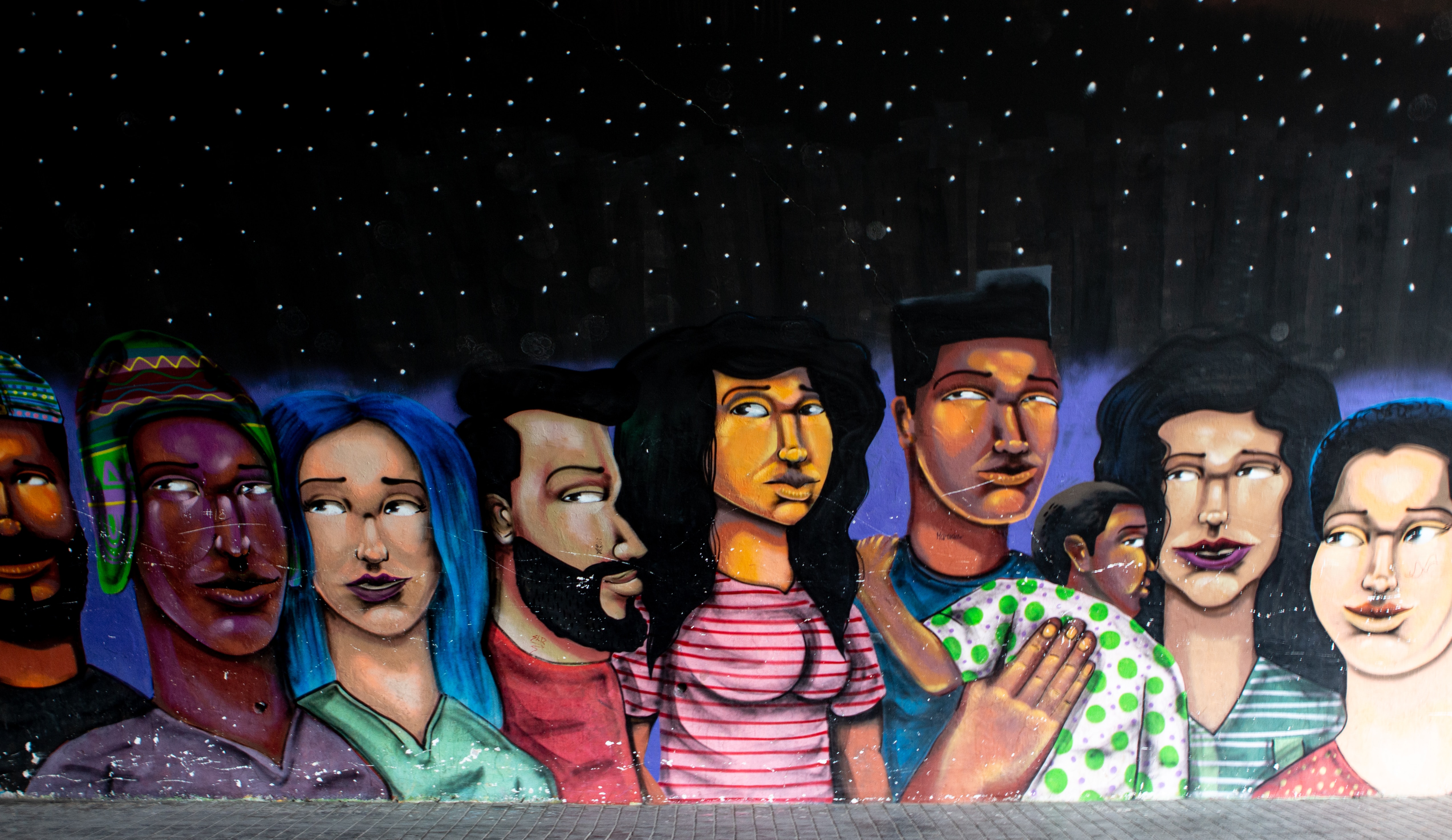Thoughts about 3 aspects of promoting diversity and inclusion in the workplace: the need to understand each other, for companies to reveal themselves, and getting a seat at the table.
💭 Diversity and Inclusion: Reflections on Empathy, Hiring, and Transformation

“3 men and 2 women smiling photo” by Miles Peacock (Unsplash)
A few days ago, I had the privilege of participating in a group discussion about diversity and inclusion in the workplace. This insightful conversation was quite enriching and eye opening. It left me with a few things to ponder.
Here are 3 thoughts that emerged from my reflection on the conversation:
- Empathy is essential, as we may not grasp each others’ experiences
- Recruitment needs companies to reveal themselves to overcome reluctance to change jobs
- Meaningful change requires decision-makers with diverse perspectives, by becoming one
About empathy: “You don’t know what you don’t know”
Empathy is fundamental to understand the experiences of others and overcome misunderstandings.
Let me illustrate this with a simple yet revealing story.
I have spent many years doing pair programming, where two people work together on the code implementation.
During a session with a female colleague, we encountered one of those tiresome captchas. The task was to “pick the dresses” from a list of images. My colleague selected two images, and as she was about to submit, I called out a bit too late “wait, you missed one!”
Sure enough, the captcha failed and we had to respond to a new question…
She rolled here eyes 🙄 and sighed with disappointment “oh, this was made by men, for sure. That one was not a dress, it was a blouse.” 🫤
Me calling out the “mistake” was in good faith, with intention to help a joint task. But it could be easy to perceive me as arrogant, trying to correct a minority who knows much more than me about the subject.
But we cannot know what we don’t know. We cannot see what we’re blind to. This scenario highlights the potential for misunderstandings and unintentional insensitivity. Had we not been working together for a long time and built a trusting relationship, I’m sure that would have been the case.
Only sharing our different mutual realities, with patience and understanding, can we recognise our limitations.
About recruitment: “Better the devil you know than the devil you don’t”
Recruiting candidates from underrepresented groups can be an uphill battle.
It’s very common for companies to offer “referral bonus” for bringing colleagues into the recruitment pipeline.
In my experience, it takes me 10 times more effort to convince a female former colleague to apply for a new job opportunity than a male one. And with much less success in getting them to do so.
This highlights the reluctance to change that many individuals, particularly minorities, often feel.
Especially for employees from underrepresented groups, the switch to a new company can be daunting. In their current company, they’ve already established themselves at great cost. They feel comfortable navigating the existing challenges, and understand where the “dragons” lie.
The idea of having to start over that struggle and the possibility of having even more pronounced challenges, can be intimidating. This fear makes the idea of staying in a familiar, albeit imperfect, environment more appealing than venturing into the unknown.
To overcome that, companies must reveal what it’s like to work there, for real. This involves getting representative people to share what it is like for them to work in the company. To share both the positives and the areas that need improvement. To be straightforward about the reality of the work environment they foster.
This way, companies can make a stronger case for why it’s worth taking a leap into the unknown. By making it less “unknown”. By making the “devil you don’t know” seem less intimidating.
About transformation: “A seat at the table”
Real change in diversity and inclusion requires more than well-intentioned advice. It needs decision-making power.
For many years I have worked as a consultant. Among other things, we would do digital transformation for clients in software development. One of my former colleagues, now serving as a director of engineering in a product company, shared a valuable insight…
When he was in a consultant’s role, he could only offer guidance and suggestions and lacked the authority to enforce changes. Transformation was slow and full of mishaps, especially when leadership got misaligned.
In contrast, as a director of engineering, he could influence the teams’ incentives and structures in a direct manner. It led to quicker and more effective transformations than when we was not as empowered.
This same principle applies to diversity and inclusion efforts. We need people with diverse mindsets and perspectives sitting at the decision-making table. Otherwise, attempting to drive change from the sidelines will be much more frustrating and less effective.